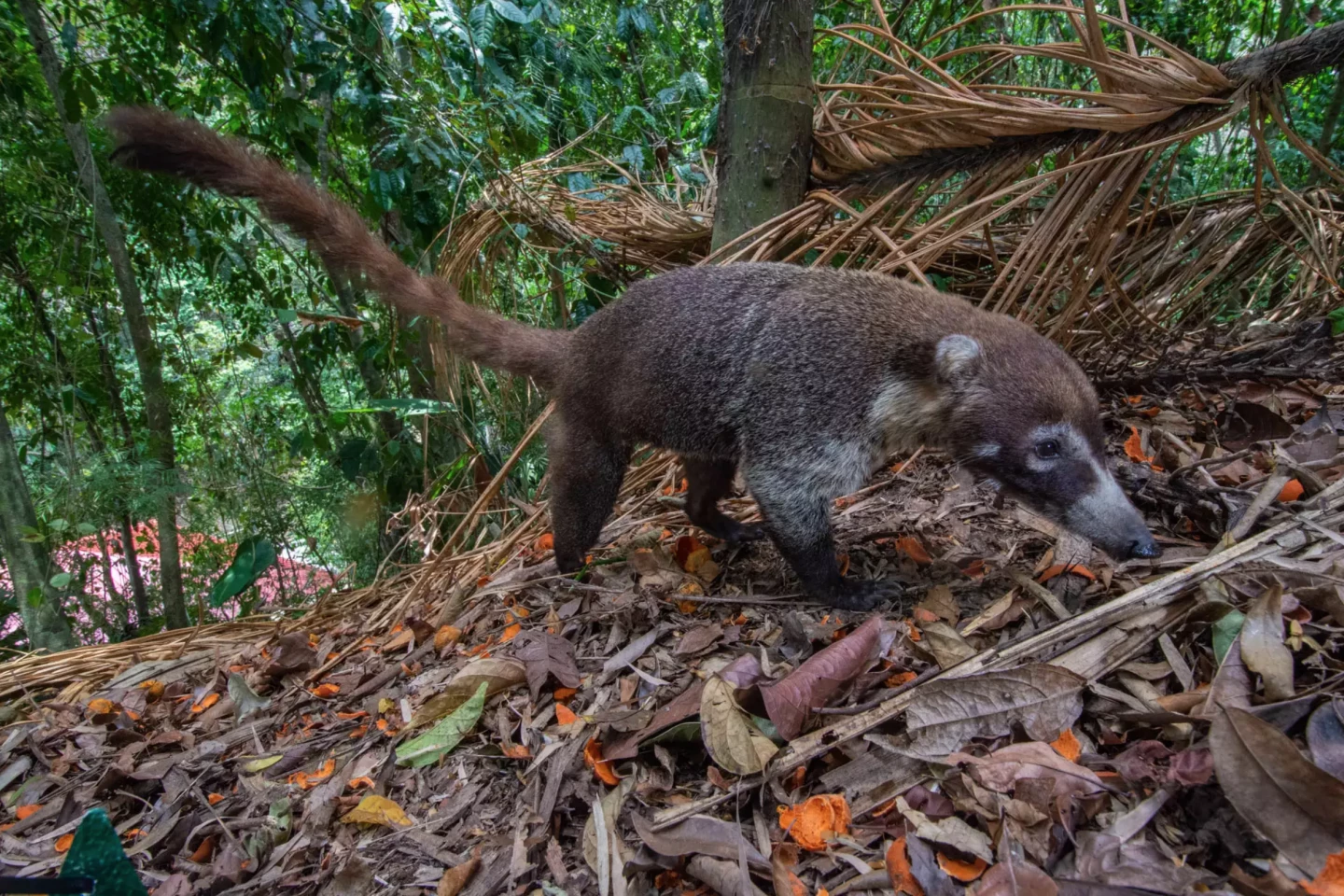The way animals disperse seeds throughout landscapes is known to be an important element in promoting growth of forested areas, and a new study over an extended timeframe has shed valuable new light on this process. Scientists have studied a forest in Panama over a 100-year period to build a long-term picture of its regeneration, and found a heightened focus on plant-animal interactions may be our best course of action.
Forests play a critical role in the globe’s carbon cycle, absorbing more than 7 billion metric tonnes of CO2 each year, 1.5 times the annual emissions of the US. Efforts to build on this by bringing deforested areas back to life tend to emphasize the expansion of tree coverage, but this new research from an international team of environmental scientists indicates that local wildlife could also be a powerful tool.
Forest regeneration projects have provided scientists with an idea of how interactions between plants and seed-dispersing animals can shape new growth over relatively short timeframes, but Panama’s Barro Colorado Nature Monument presents as a unique case. The island contains the most intensively studied tropical forest in the world, where scientists have diligently documented generations of these interactions to form a long-term view of which animals are dispersing which types of seeds.
The newly published research is based on an assessment of this long-term dataset spanning more than 100 years. This enabled the team to piece together the sequence of events underpinning natural restoration over a century-long timeframe, and understand the way seeds were dispersed by four groups of animals: small birds, large birds, flightless mammals and bats.
“Most studies examine the first 30 years of succession, but our data spanning 100 years gives us a rare glimpse into what happens in the late phase of restoration,” said Daisy Dent, a tropical ecologist from the Max Planck Institute of Animal Behavior and study author.

According to the team’s analysis, the timeline begins with seed dispersal carried out mostly by small birds. As a young forest begins to age, a canopy takes shape and larger birds begin to take the reins, carrying in the seeds of larger tree species. What the scientists found surprising, however, was that terrestrial mammals dispersed the majority of seeds across much of the forest’s timeline, from 20 years old to older growth.
“This result is quite unusual for post-agricultural regenerating forests,” said Dent. “It is likely that the presence of large tracts of preserved forests near our secondary stands, coupled with low hunting, has allowed the mammal populations to thrive and to bring an influx of seeds from neighboring patches.”
For the authors, the analysis shows that animals carry a wide range of seeds into deforested areas, and creating the conditions for them to carry out this important role could go a long way in reforestation efforts. That might mean locating regenerating forests near existing, older growth and minimizing hunting, enabling animals to establish themselves in these emerging ecosystems.
“Animals are our greatest allies in reforestation,” said Dent. “Our study prompts a rethink of reforestation efforts to be about more than just establishing plant communities.”
The research was published in the journal Philosophical Transactions of the Royal Society B.
Source: Max Planck Institute





